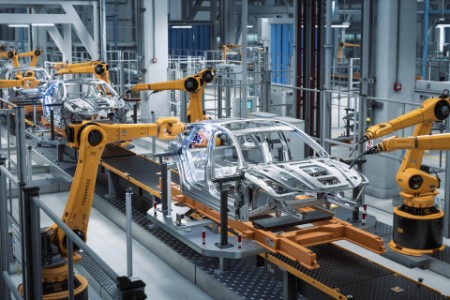The metaverse remains a hot topic in the media. Recent attention has focused significantly on the consumer and entertainment aspects. Many companies are already on the brink of entering the metaverse with products and services, and most recognize that they need a metaverse strategy before it becomes an enterprise norm.
Well-known brands feature heavily in headlines about non-fungible tokens (NFTs), the gaming community is anticipating a new level of experience as virtual and augmented reality hardware and software come of age, and emerging smell and touch functionality enables a truly immersive experience. Businesses, governments and service providers are recognizing the opportunities of the metaverse for connecting and collaborating in a virtual space. EY is also embracing the metaverse and the opportunities it offers our clients and our people, including through EY wavespace, the EY metaverse lab and the EY Talent Tree or the immersive Web3 learning experience “EY Metaversity”.
Although the consumer and enterprise potential of the metaverse is exciting for stakeholders, some experts see the industrial metaverse as holding the most promise for value creation. Already the backbone of our real-world economy, industrial companies could drive innovation, improve processes, cut risks, increase productivity and save costs by exploring what the metaverse will mean for industry.


